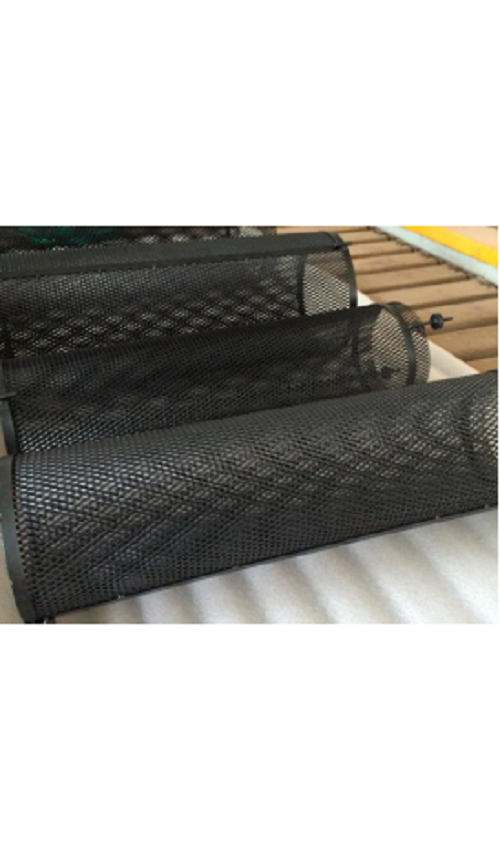Titanium Anodes for Wastewater Treatment

Product description
Titanium Anodes for Wastewater Treatment
Electrolysis methods utilizing titanium anodes for wastewater treatment include electrochemical oxidation, reduction, flotation, and coagulation. Electrodes are arranged to minimize power consumption and allow easy maintenance. Two types of cells exist: unipolar and bipolar. Electrolysis involves direct and indirect methods. In direct electrolysis, oxidation and reduction occur at anode and cathode, respectively. Indirect electrolysis employs electrode-generated products for chemical reactions, effectively removing harmful substances, benefiting COD, ammonia, and color removal. This approach treats diverse industrial wastewaters, with advantages including minimal secondary pollution, controllable reaction conditions, and compatibility with various treatments.
Titanium Anodes for Wastewater Treatment Principle
The principle of electrolysis method for treating industrial wastewater: Titanium anode electrolysis method is used to treat wastewater, which can be divided into electrochemical oxidation, electrochemical reduction, electric flotation, electrocoagulation, and other methods based on the removal object and the generated electrochemical effect.

